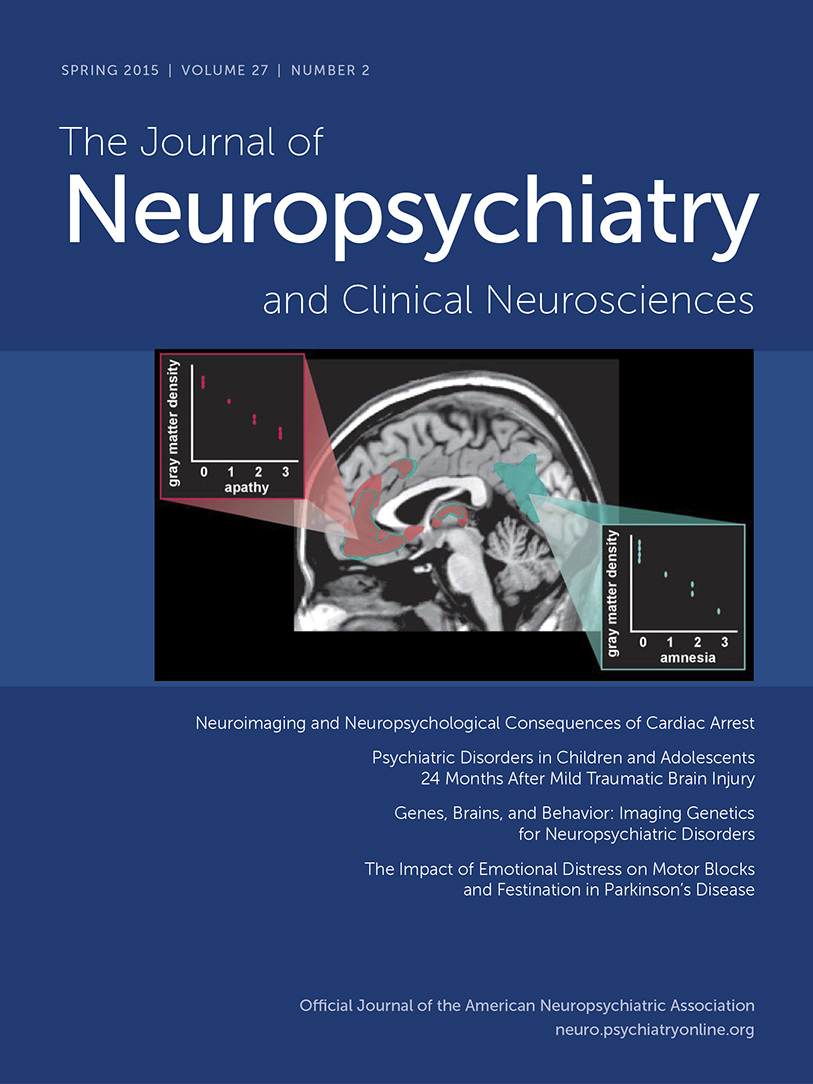Clinical Correlates of Superior Temporal Gyrus Volume Abnormalities in Antipsychotic-Naïve Schizophrenia
Abstract
In this study, the authors report superior temporal gyrus (STG) and Heschl’s gyrus (HG) volume deficits in a large sample of medication-naïve patients with schizophrenia (N=55) in comparison with healthy control subjects (N=45) with structural MRI using voxel-based morphometry. Patients had significantly smaller volumes of left HG [X=−41, Y=−22, Z=11; Brodmann’s area (BA)-41), right HG (X=47, Y=−18, Z=11; BA-41), and left STG (X=−50, Y=−34, Z=11; BA-42] compared with healthy control subjects. In addition, Positive and Negative Syndrome Scale positive score had a significant negative correlation with left HG. Findings observed in a large sample of antipsychotic-naive patients with schizophrenia emphasize the role of HG and STG in the pathophysiology of schizophrenia.



